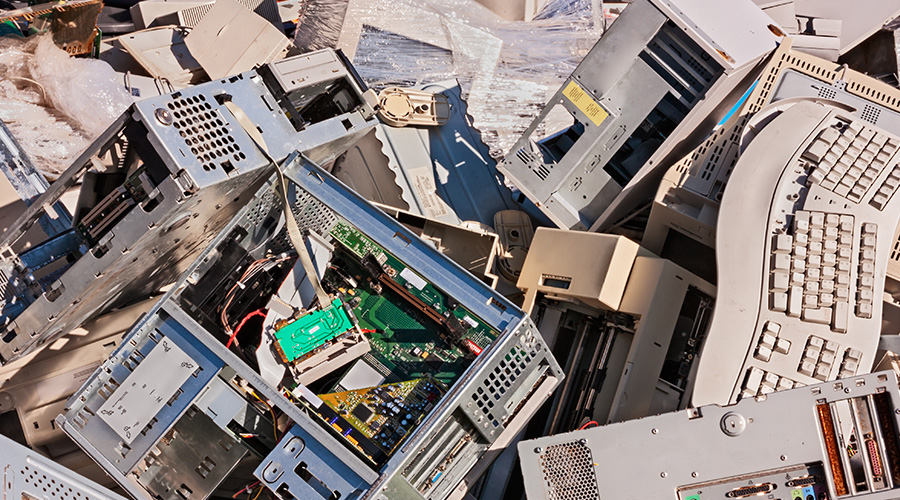Hazmat: Eliminate Hazardous-Waste Streams
Proper management of hazardous materials will help managers identify the locations in which workers use hazardous materials. Minimizing or eliminating the use of hazardous materials in favor of less toxic materials also reduces the need for employee protection and can reduce costs associated with the disposal of hazardous waste.
Managers can eliminate common waste streams by not generating them in the first place. Hazardous wastes exhibit one of four defined hazardous-waste characteristics — ignitability, corrosivity, reactivity, and toxicity — and they are costly to dispose of. Reducing or eliminating the presence of these materials within the department or facility will limit the resulting waste streams.
The U.S. Environmental Protection Agency (EPA) has reclassified certain types of hazardous waste streams, which also benefits managers and their organizations. EPA's universal waste regulations streamline hazardous waste management standards for federally designated universal wastes, including batteries, pesticides, lamps, and mercury-containing equipment that organizations recycle or reclaim.
The EPA also regulates electronic wastes, including computer equipment, monitors, printers, photocopiers, telephones, cell phones, fluorescent lamps, and batteries, which workers can reuse or recycle instead of sending them to landfills. Managers can follow the classifications defined above and realize significant cost savings by redirecting these waste streams to benefit the environment and the bottom line.
Related Topics:
















